PPT-Pneumatic Power
Author : karlyn-bohler | Published Date : 2016-11-10
2012 Project Lead The Way Inc Principles of Engineering Pneumatic Power Pneumatic power Pneumatics vs hydraulics Early pneumatic uses Properties of gases Pascal
Presentation Embed Code
Download Presentation
Download Presentation The PPT/PDF document "Pneumatic Power" is the property of its rightful owner. Permission is granted to download and print the materials on this website for personal, non-commercial use only, and to display it on your personal computer provided you do not modify the materials and that you retain all copyright notices contained in the materials. By downloading content from our website, you accept the terms of this agreement.
Pneumatic Power: Transcript
2012 Project Lead The Way Inc Principles of Engineering Pneumatic Power Pneumatic power Pneumatics vs hydraulics Early pneumatic uses Properties of gases Pascal s Law Perfect gas laws. Valley City State University | Facilities Services | . OSHA Office of Training & Education. Hazards. Workers using hand and power tools may be exposed to these hazards: . objects . that fall, fly, are abrasive, or . Pneumatic Logic Sensors and Actuators. 1. Chapter 6: Penumatic logic sensors and actuators - IE337. Introduction to Pneumatic/Hydraulic systems. 2. Chapter 6: Penumatic logic sensors and actuators - IE337. Simplified model . Compressed. Air. Tank. Geek. Safety. Glasses. 60 lbs . Pneumatic Cylinder. Whoa! That’s a lot of force. Plunger. Diaphragm. FORCE= Area of Diaphragm (inches). X Pressure (PSI) in tank.. Presented . by. . Team No.1. Topics. What is a pneumatic tyre and its drawbacks.. What is an airless tyre?. How it works?. Different design approaches.. Advantages and disadvantages.. Applications.. VISHAL CHATURANI. B. TECH (MECHANICAL). 114089. Dayalbagh. Educational Institute. Automobile . Tyres. 2. INTRODUCTION. Tyre. is a rubber member which gives the cushion to the automobile. It consists of outer cover i.e. . . D.RAJASHEKAR (13FF1A0314). D.IMMANUEL SUNDERPAL (13FF1A0312). G.HEMA CHANDRA SEKHAR (13FF1A0321). Y.MANOJ (13FF1A0355) . Francis Caraher. Branden Essick. Caleb Kiser. Andrew Proctor. Riaan Coetsee. Joshua Gutowski. Francis Caraher. Christopher Sigmon. Davd Conway. Barrels. Made of Copper for convenient fitting.. Diameter approx. 12.5 mm. Pneumatics – Module 3. Objectives. Differentiate between the main types of directional control valves.. Explain the function of each type of directional control valves.. Demonstrate the function and uses of 3/2 way valve, (N/C) push button actuated.. -By . Atul. . Gosavi. -. Guided by Prof. N.P. Jadhav. SEMINAR . ON. A bike which use pressurize air as a fuel is known as pneumatic bikes.. I.C. power engines are replaced by fluid power. The power system in the vehicle is not by combustion of fuel but by means of pressurized fluid power (air). . NSF 03NSF 044
5/323/161/45/163/8
1/45/163/8
4
1/41/45/163/8
SANG-A PNEUMATIC CO.,LTD81
NSF 03C3
Mini Union Straight
NSS 5/32-U10UNSS 5/32-N01U
Speed ControllersSpeed Controllers
NSE 04-M541/41/45/163/ hose (100.000 meters). - Pneumatic . Connectors (570.000 parts/year). - Pneumatic Connectors. - Pneumatic Connectors. - Pneumatic Connectors. Accessories for Pneumatic ISO Cylinder - According to ISO 15552. . . Presented by: Andrew Cook . Segment Manager. April 6. th. , 2010. Humidity and Dewpoint Control. Candy Packaging. Avoids clogged equipment. Reduces cleaning frequency. Allows fast wrapping with polypropylene. Compressed-Air Unit and Compressor. 2. Objectives. Describe the function of a compressed-air unit.. Name and explain the function of each of the components in a compressed-air unit.. Identify the basic designs used in air compressor construction.. [EBOOK] Design of Pneumatic Systems: In the SI Units Pneumatic Book Series in the Si Units
http://skymetrix.xyz/?book=B08BD9CVMD
Download Document
Here is the link to download the presentation.
"Pneumatic Power"The content belongs to its owner. You may download and print it for personal use, without modification, and keep all copyright notices. By downloading, you agree to these terms.
Related Documents

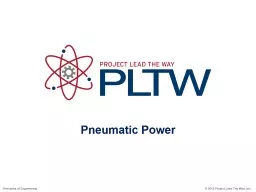
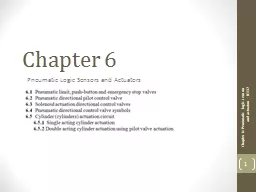
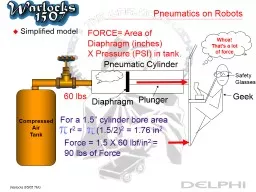
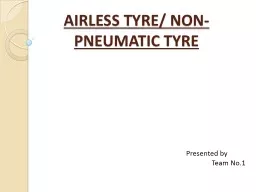
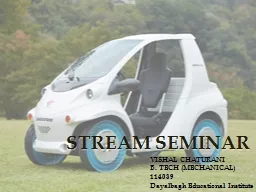
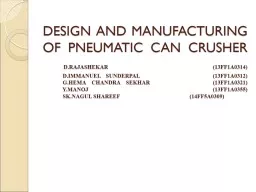

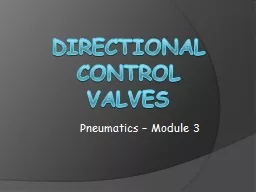
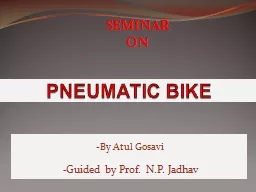
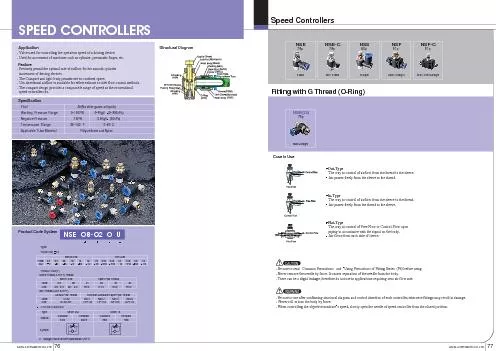
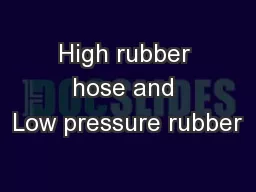

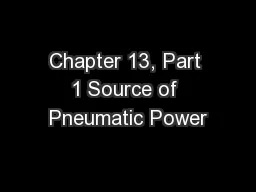
![[EBOOK] Design of Pneumatic Systems: In the SI Units Pneumatic Book Series in the Si Unitsd[EBOOK]](https://thumbs.docslides.com/1004571/ebook-design-of-pneumatic-systems-in-the-si-units-pneumatic-book-series-in-the-si-unitsd-ebook-design-of-pneumatic-systems-in-the-si-units-pneumatic-book-series-in-the-si-units.jpg)